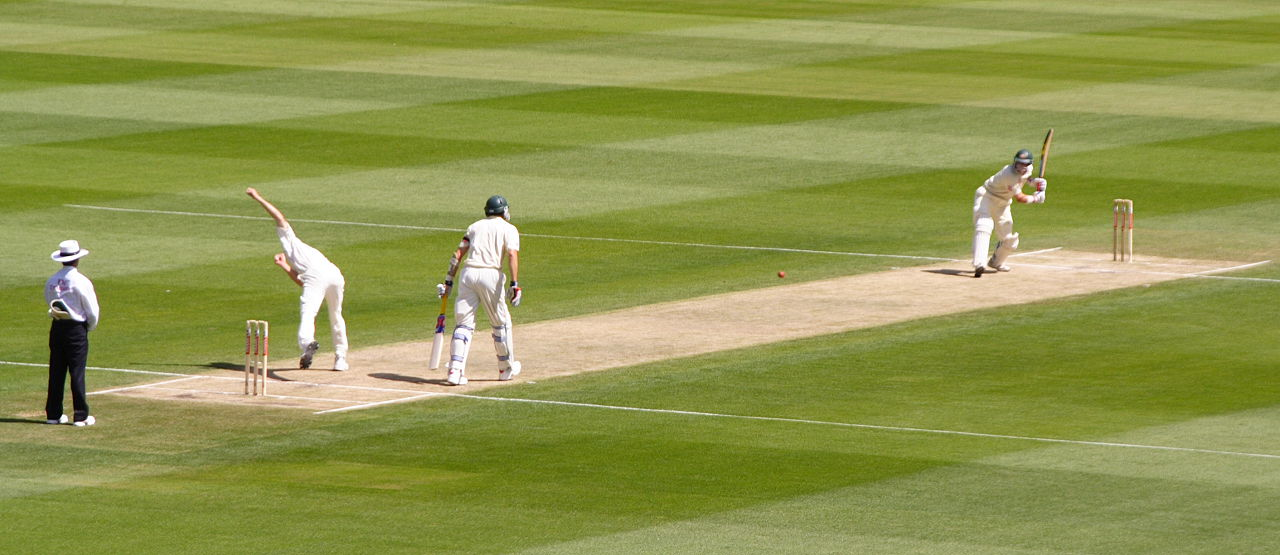Cricket statistics are an integral part of the sport. They can also be extremely helpful when placing wagers at the https://india-1xbet.com/line/cricket website too.
They provide valuable insights into 3 main things, which include:
- players’ performances;
- team dynamics;
- and the overall history of the game.
However, cricket statistics can vary significantly based on several factors, leading to variations in how they are published and interpreted. In this comprehensive explanation, we will explore the various aspects of cricket statistics and the factors that contribute to variations in their presentation and interpretation.

Cricket is played in different formats. The 3 most important ones are Test cricket, One-Day Internationals (ODIs), and Twenty20 Internationals (T20Is). Each format has its own set of statistics that are tracked and recorded separately. As a result, statistics can vary based on the format being considered. Of course, all of them can also be wagered at the 1xBet platform too.
In Test cricket, statistics such as batting averages, bowling averages, and centuries may be more relevant due to the longer duration of the matches. On average, they can last between 4 and 5 days.
In the 2 main variations of limited-overs cricket, which are ODIs and T20Is, statistics like strike rates, economy rates, and the number of 50s may be more emphasized. This is due to the limited overs and faster-paced nature of the games.
Batting and bowling averages are fundamental statistics in cricket. However, variations can occur in how these averages are calculated:
Different metrics that are analyzed
The batting average is the total number of runs scored divided by the number of times a batsman has been dismissed. However, there can be variations in what is considered a dismissal, such as including or excluding not-out innings. With the 1xBet website you can play via mobile too, and use this to wager on great batsmen too.
The best batting average ever is of Sir Donald Bradman. In 52 Test matches he played for Australia between 1928 and 1948 he got an average of 99.94. This means that for every dismissal, he was able to get almost 100 runs.
The bowling average is calculated by dividing the total number of runs conceded by the number of wickets taken. Variations may arise in how extras (like no-balls and wides) are treated in the calculations. The player with the best numbers in this regard is Sydney Barnes. He played 27 Test matches for the English national side between 1901 and 1914, and got an average of 16.43.
There are various metrics used to assess player performance, and these can vary based on the context and format of the game. For example, in limited-overs formats, a player’s strike rate (runs scored per 100 balls faced) is a crucial metric for assessing their aggressiveness and ability to score.
In limited-overs cricket, a bowler’s economy rate (average runs conceded per over) is a key metric for assessing their ability to control the flow of runs. Furthermore, the number of dot balls (balls from which no runs are scored) bowled by a bowler can indicate their ability to build pressure on the batsmen.
Boundary Percentage is a metric that calculates the percentage of a batsman’s runs scored through boundaries (4s and 6s). It provides insights into a player’s ability to find gaps in the field.
Fielding statistics can also vary, and the level of detail provided can differ between different sources. For example, statistics related to catches taken may include the total number of catches held by a fielder. However, they may not differentiate between catches taken in the outfield and those in close catching positions. Finally, statistics regarding run outs may include the total number of run outs affected by a fielder, but they may not specify the type of throw or direct hits. If you want to play or bet via mobile devices, then the 1xBet platform allows you to do exactly that, and here you can wager on all kinds of cricket metrics too.











